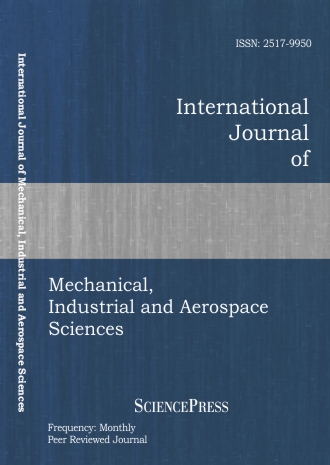
Scholarly
Volume:9, Issue: 7, 2015 Page No: 1397 - 1403
International Journal of Mechanical, Industrial and Aerospace Sciences
ISSN: 2517-9950
961 Downloads
An Integrated CFD and Experimental Analysis on Double-Skin Window
Result from the constant dwindle in natural resources, the alternative way to reduce the costs in our daily life would be urgent to be found in the near future. As the ancient technique based on the theory of solar chimney since roman times, the double-skin façade are simply composed of two large glass panels in purpose of daylighting and also natural ventilation in the daytime. Double-skin façade is generally installed on the exterior side of buildings as function as the window, so there is always a huge amount of passive solar energy the façade would receive to induce the airflow every sunny day. Therefore, this article imposes a domestic double-skin window for residential usage and attempts to improve the volume flow rate inside the cavity between the panels by the frame geometry design, the installation of outlet guide plate and the solar energy collection system. Note that the numerical analyses are applied to investigate the characteristics of flow field, and the boundary conditions in the simulation are totally based on the practical experiment of the original prototype. Then we redesign the prototype from the knowledge of the numerical results and fluid dynamic theory, and later the experiments of modified prototype will be conducted to verify the simulation results. The velocities at the inlet of each case are increase by 5%, 45% and 15% from the experimental data, and also the numerical simulation results reported 20% improvement in volume flow rate both for the frame geometry design and installation of outlet guide plate.
References:
[1] Elisabeth Gratia, André De Herde, “Natural ventilation in a double-skin